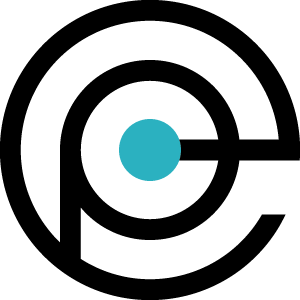Muscle Strain

A strain, sometimes referred to as a pulled muscle, is a muscle injury produced by excessive tensile stress that causes fibers to tear within the tissue. A muscle strain does not usually result from excess stretch alone, but from a combination of tension and contraction. Muscle strains can develop when excess tension is placed on a muscle while it's also in contraction. Due to muscle mechanics, strains are more likely while the muscle is in eccentric contraction than concentric or isometric.1,2
There are three grades of muscle strain: first degree or mild, second degree or moderate, and third degree or severe. In a first-degree strain, few muscle fibers are torn. While there might be some post-injury soreness, the individual usually returns to normal levels of activity quickly. With second-degree strains, more fibers are involved in the injury. There is a greater level of pain with this injury and a clear region of maximum tenderness in the muscle tissue.
A complete rupture of the muscle-tendon unit occurs with a grade-three strain. Some strains are classified as third degree even though the muscle still has some fibers intact because the damage is extensive. There is likely significant pain at the time of the injury. Pain can be minimal afterwards, because the ends of the muscle are separated and limb movement does not cause additional tensile stress.
Third-degree strains generally require surgical repair. In some instances, surgery is not performed because the muscle does not play a crucial role and the potential dangers of surgery outweigh the benefits. Ruptures to the rectus femoris are an example because the other three quadriceps muscles make up for the strength deficit caused by the strain.
The muscles most susceptible to strain injuries are multi-articulate muscles, which are those that cross more than one joint. The more joints crossed by a muscle, the greater is their vulnerability for strain injury. All involved joints cannot achieve full range of motion at the same time due to limited extensibility of the muscle tendon unit. If the muscle is stretched across multiple joints at the same time, it's more susceptible to tearing from excess tensile stress.
Strains can develop in any part of the muscle, but usually occur at the musculotendinous junction.The junction of muscle and tendon places one tissue with higher pliability (muscle) directly adjacent to another with limited pliability and more tensile strength (tendon). As a consequence, the point of interface between the two tissues becomes a site of mechanical weakness where the strain occurs.
Muscle strains generally arise from acute injuries. However, there might be repetitive tensile forces on the muscle that cause small degrees of fiber tearing, producing a chronic strain. In most cases, the client can recall a specific movement or accident that produced the strain. Swelling might occur in the area immediately after the injury, but is likely to subside after the initial inflammatory phase (an estimated 72 hours).
Strains, both acute and chronic, are increasingly common where they have previously occurred. Scar tissue that repaired the original strain is a weak point in the muscle's continuity, and therefore a location vulnerable to re-injury. It's important to find out whether the client has suffered a previous injury to the area.
Following a strain, resting from offending activities for several weeks provides the body time to heal damaged tissue. Another primary goal of treatment is tension reduction in the affected muscle.
Massage therapy has been used to treat and prevent a wide variety of adverse conditions, including pulled muscles. A professional massage therapist can manipulate the injured tissue, encouraging greater blood flow to the affected region. And when blood flows to the injured tissue more freely, the pulled muscle will receive oxygen and nutrient-rich blood to help it heal faster and without further complication.
In addition to increased blood flow, massage therapy can also relieve the pain and discomfort associated with a pulled muscle. Multiple studies have found massage therapy to offer significant relief of pain, more so than medication pain relievers. The general belief is that massage promotes the release of pain-relieving hormones like endorphins, easing the discomfort of a pulled muscle and similar injuries.
If you believe that you are suffering from a pulled muscle, there are a couple of things you can do to help. Avoid any heavy lifting until the injured muscle tissue has repaired itself. Depending on the severity of the pull, it may take just two days or it could take several months. The good news is that most pulled muscles will heal in just a couple days time.
You can also ease the pain and inflammation of a pulled muscle by applying a cold or hot compress. Cold compresses should be used during the first 48 hours of the injury, after this time, itís best to switch to a hot compress. Applying a hot compress immediately after sustaining a pulled muscle may lead to further inflammation, which is why itís recommended that you wait at least 48 hours.






